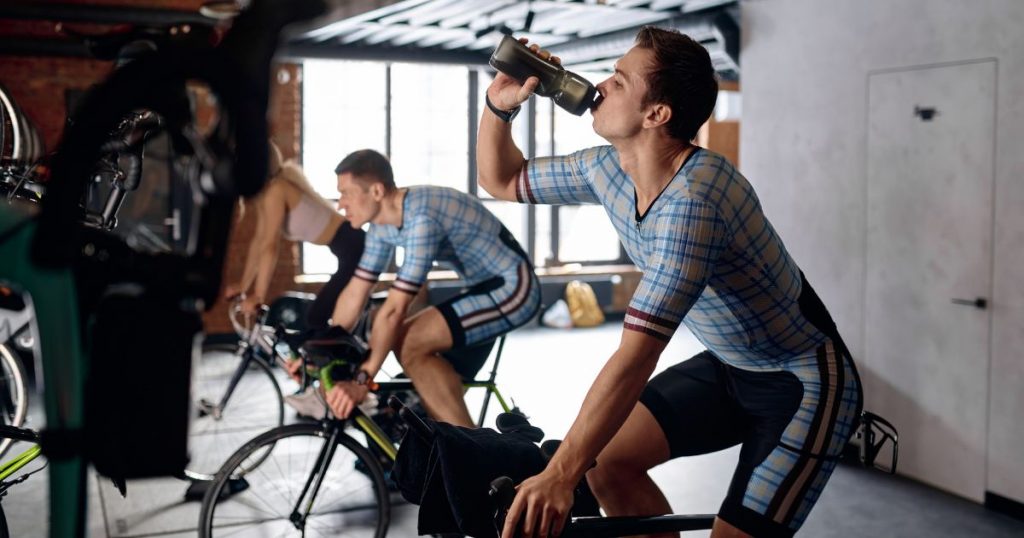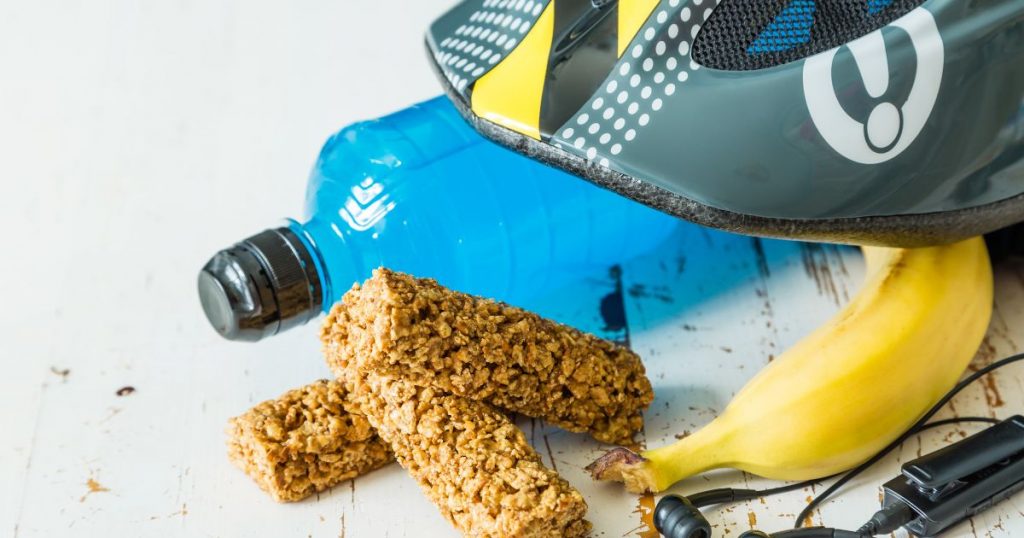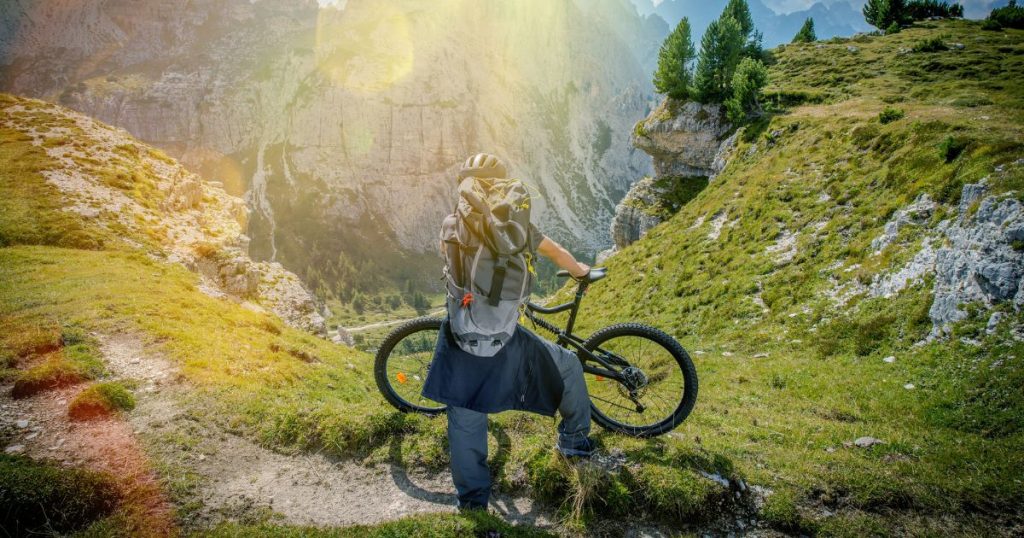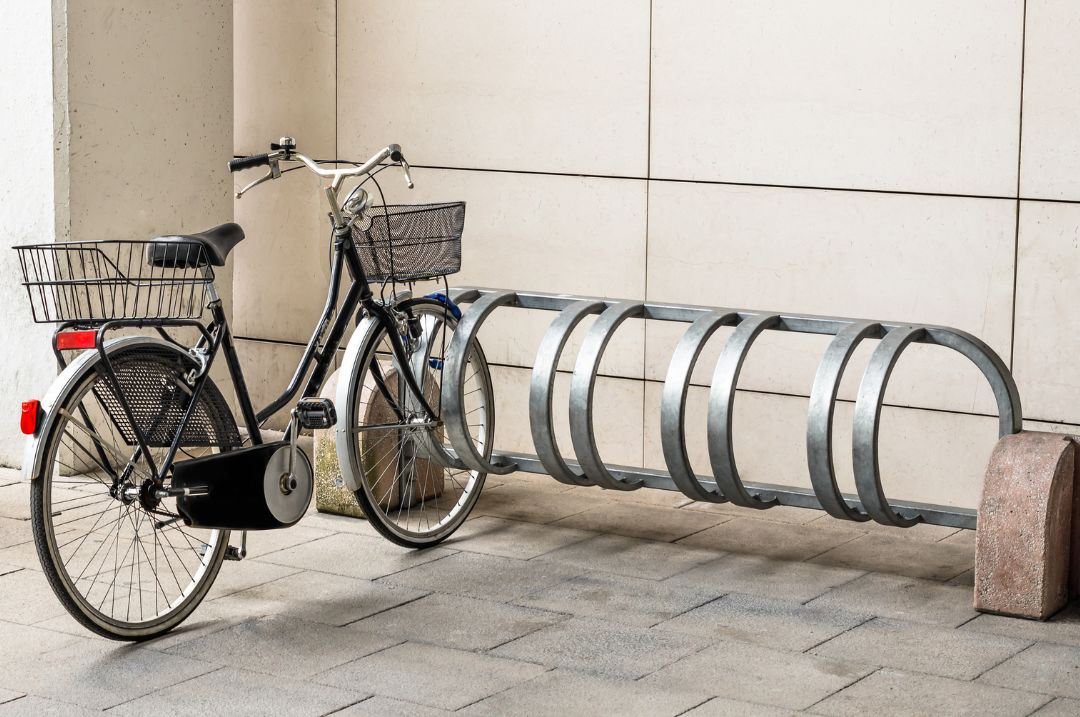Training for a bike trip requires several months of physical preparation to make sure you are fit on the day of departure. Depending on the trip and the expected difficulty, training could take two to six months. Of course, the cyclist’s athletic training also makes a difference.
If you’re an experienced cyclist, chances are you’ll just need to continue with your weekly rides to stay in shape; if you’re lacking a little training, however, you can follow our tips!
We have gathered the most valuable tips on how to train for a bike trip into three categories: physical preparation, nutrition and technical equipment.
Physical preparation: 4 key aspects of training for a bike ride
A few months before departure, depending on availability, we recommend adjusting the weekly bike rides: one or two rides per week will suffice. Training for a bike ride involves the development of four important skills.
1. Aerobic capacity
Every time we go out on the bike to grind out miles, we help our bodies increase aerobic capacity, which is the ability to harness the oxygen available to us to produce energy and maximize performance.
Try to imagine your body as an engine: the ability to increase the volume of oxygen available to you will be somewhat like increasing the displacement of your engine.
How to improve aerobic capacity?
To improve aerobic capacity, we recommend a weekly outing that simulates the daily journey we are going to make. For example, if we know that we will have to travel an average of 100km per day, we try to build our endurance by aiming for this goal and increasing the load each time.
To serenely tackle 100km a day, we recommend you tackle 60km during your first training outing, then the following week 70km, increasing week by week until you reach your hypothetical goal of 100km.
2. Muscle development
Increasing muscular endurance is also vital to holding up a bike ride. Of course, muscle training already happens in part through the bike rides we do, but if we want to make sure we perform well, we can also addgym training to our routine.

Which muscles to train? Experts naturally recommend focusing especially on the leg muscles.
The most recommended exercises for cyclists are: lunges, squats, burpees, kettlebell swings, deadlifts and glute bridge.
When to go to the gym?
How much time to devote to the gym during the week? There is no specific recommendation, as one or two hours a week will suffice, especially if you already do more than one weekly bike ride.
Remember that adequate rest also helps our physique improve, so let’s not overdo it! In this regard, sleeping at least 8 hours each night will allow the body to regenerate energy and muscle tissue to strengthen.
3. Joint mobility
Working on the flexibility (joint mobility) of the body can help prevent injuries and soreness at the end of the day. To develop good muscle and joint flexibility, we recommend that you always do static stretching before a workout: simply make a stretching movement and then hold the position for 20 to 30 seconds to allow the muscle to stretch and relax.
4. Resistance in the saddle
To train for a bike ride, one must also develop some stamina in the saddle. Weekly rides help to increase it, but it is essential to use the right technique for pedaling and to learn the correct position to use. This will allow us to increase our tolerance to longer trips, while also avoiding injury.
The right nutrition to train for a bike ride
The connection between nutrition and cycling is most important. As we know, nutrition is a crucial aspect of a cyclist’s physical training because it acts as a real fuel for our body. Depending on the effort we are going to make, therefore, we will need a certain caloric and nutritional intake.
But how to train for a bike ride while respecting the right nutrition? Below we list three important steps to consider.
1. The night before
The night before the trip, it is best to stay light so as not to strain digestion: no fried and fatty foods and no spicy foods (to ward off overnight stomach acidity). Vegetables, preferably steamed, and a good amount of protein (white meat, or seitan and tofu in the case of a vegetarian diet), with the right amount of carbohydrates (50g of bread or accompanying rice) are preferred.
2. Breakfast.
The cyclist’s breakfast should contain a balanced mix of carbohydrates and protein to get the right energy load in the day. Some examples are: oatmeal porridge with oatmeal and fruit, Greek yogurt with muesli, whole wheat bread toast with ham and cheese, omelet with ham and vegetables.

3. During the journey
During the bike ride, it is important to keep our energy levels high: energy bars, dried fruit and energy drinks with electrolytes should become our best friends.
L’ hydration during cycling is not something to be underestimated: keeping the body hydrated before and during the ride can make all the difference.
The right technical equipment to train for a bike ride
Last but not least, the righttechnical equipment helps us in training for the next bike ride. It is important to make sure the bike is in excellent condition when it arrives on the day of departure.
What checks to make? Here is a simple list to get everything under control.
1. Bike safety
Maintaining proper bicycle safety involves some basic actions. The actions to be taken are:
- Check the efficiency of the brakes;
- Check the condition of the wheels;
- Check the operation of the gearbox, steering and handlebars, as well as the position of the saddle.
Don’t forget to bring a maintenance kit and the right bicycle accessories .
2. Safety and security devices
Check the condition of the helmet, lighting devices such as headlamps, and other gadgets such as rear-view radar to ride safely.
3. Organize the luggage
The cycling backpack can make all the difference in carrying necessary items and equipment. Prepare yourself a travel kit suitable for your bike trip. Remember to include the essentials without making your luggage too heavy.
4. Study the itinerary
Whether it is a solo trip or a company trip, it is essential to have a good knowledge of the route that you will face, starting with the type of road and ending with the facilities on the route.

Did you know that Bikeit also organizes bike itineraries i fully guided? Bikeit makes your job easier by planning the whole itinerary for you, just rely on our travel schedule and go!
5. Planning stops
Depending on the days of travel and the facilities on the route, we recommend that you plan your stops so that you are always in control.
Book your bike trip now with Bikeit
Whether you want to prepare for a solo or guided trip, Bikeit offers a wide selection of travel routes categorized by difficulty and suitable for all levels, from beginner to expert.
The proposed locations are all breathtaking, and each trip is organized to be an unforgettable experience for everyone.
What are you waiting for to join?




